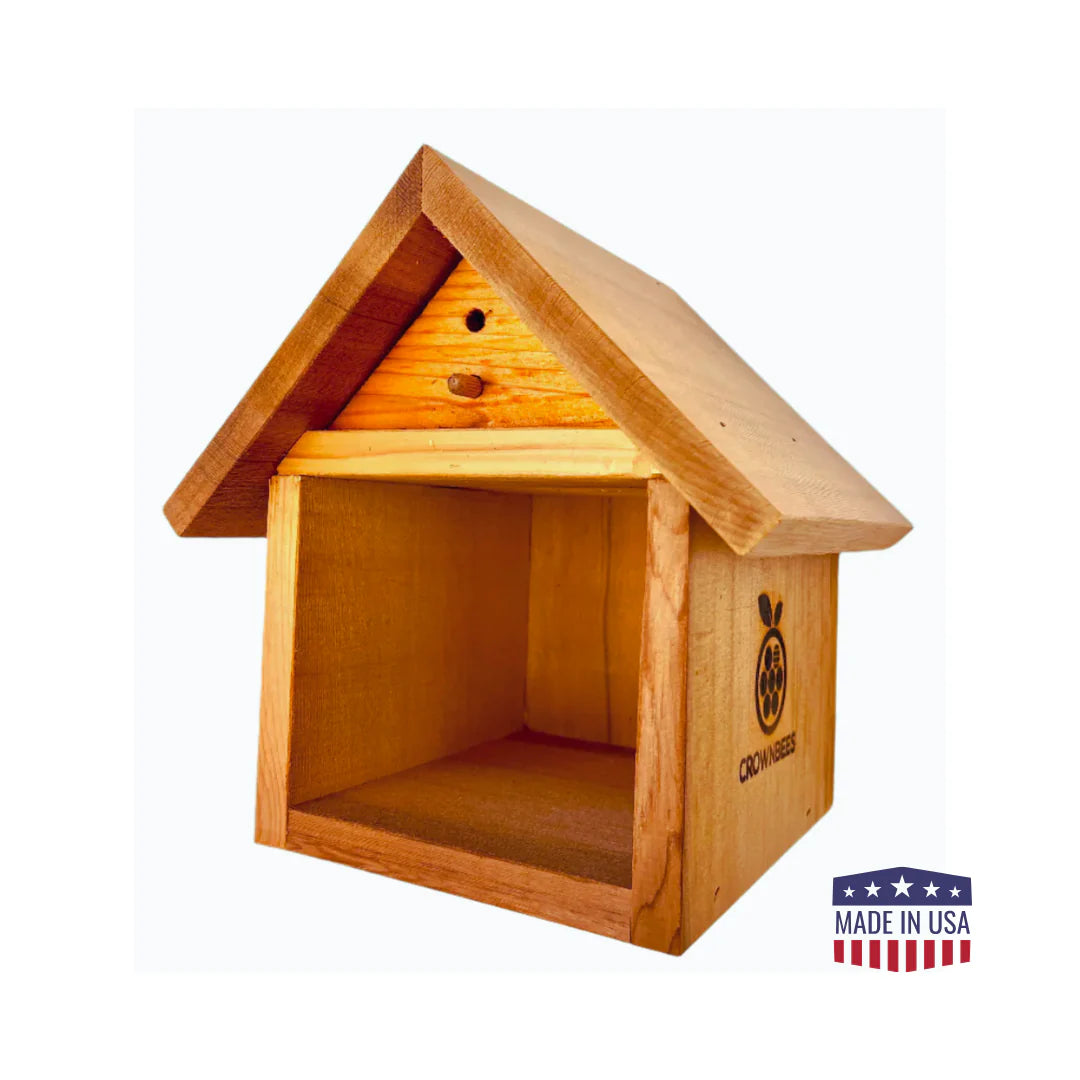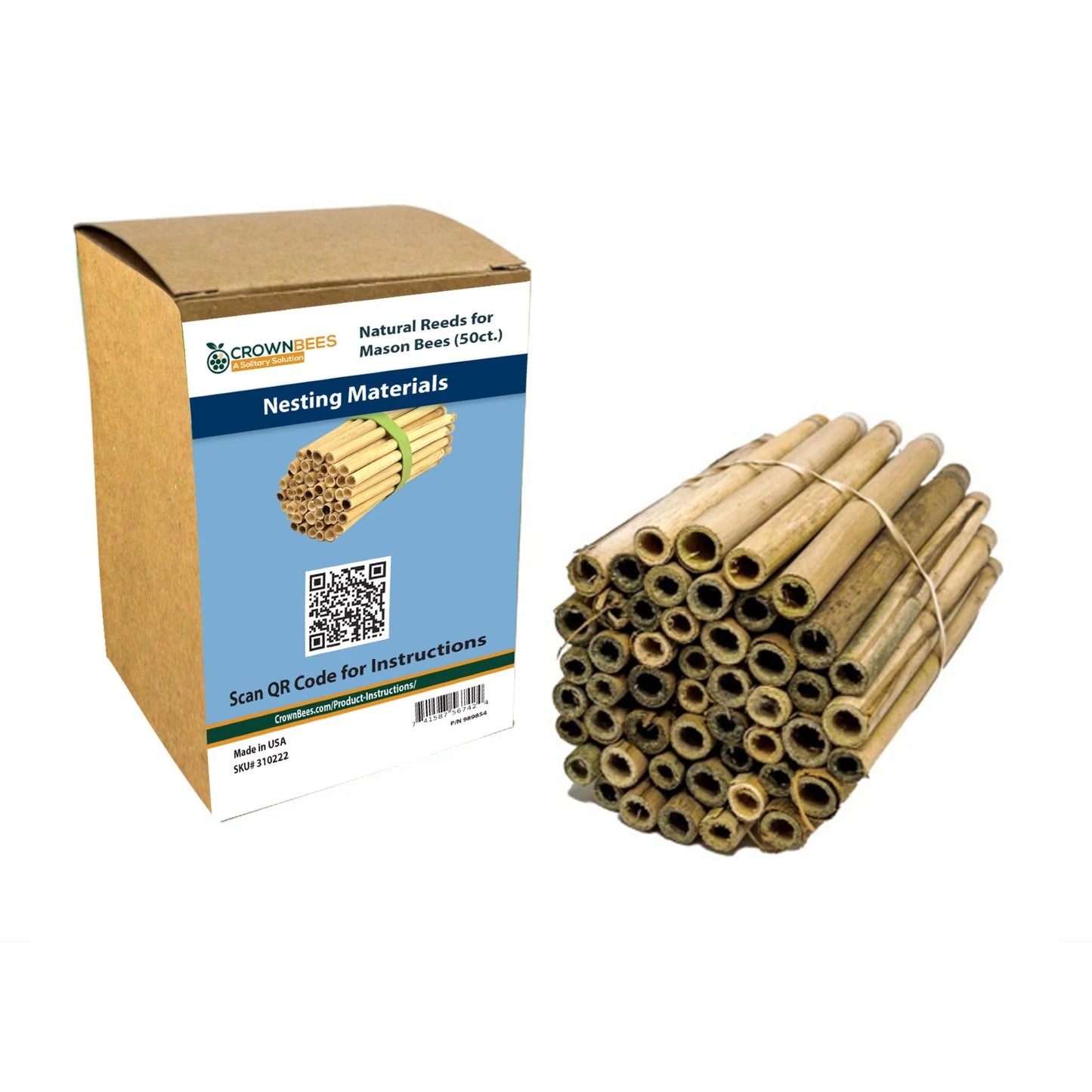
Rethink Fall “Cleanup”
Every fall, we grab rakes and pruners to tidy our yards. It’s tradition—but removing leaves and stems can harm the ecosystem that depends on them.
This ritual has hidden environmental costs, especially for our declining insect populations.
- Bees, butterflies, beetles, and amphibians use dead stems and leaf piles as winter shelter. Cleanup destroys these micro-habitats.
- Yard waste fills landfills—35.4 million tons in 2018—instead of enriching your soil.
- In landfills, organic matter without oxygen creates methane—25× stronger than CO₂. Letting it decompose in your yard reduces emissions.
A “Beautifully Messy” Garden




1. Leave the Leaves
Leaves are nature’s blanket. Leaving them:
- Protects soil and roots through winter,
- Enriches soil as they decompose,
- Provides cover for overwintering insects, and
- Keeps valuable organic matter out of landfills.
2. Create a Brush Pile
Brush piles shelter birds and small mammals from predators and harsh weather. Layer large branches first, then smaller twigs and leaves. Keep it loose for airflow and easy access.
3. Don’t Overdo It with the Clippers
Many insects and native bees overwinter in hollow stems; birds rely on seed heads for food. Leave stems standing when you can.
Pro Tip: Consider brown stems cozy winter nests for wildlife—not “mess.”
4. Start Composting
Fall offers the perfect mix of “browns” (leaves) and “greens” (plants and clippings) for composting. Add food scraps to cut waste and create nutrient-rich compost for spring planting.
5. Re-think Aesthetic Beauty
Brown, dried stems and seed heads hold life and texture. Embracing a slightly wild look supports pollinators and native biodiversity all winter.
It’s Spring—Now What?
As temps warm, resist clearing too early. Wait until it’s consistently 55°F / 13°C so overwintering insects—including mason bees—can emerge safely.
A Win-Win for You and Nature
Less cleanup means less waste, healthier soil, and safe spaces for wildlife. It’s a small change that makes a big difference.


